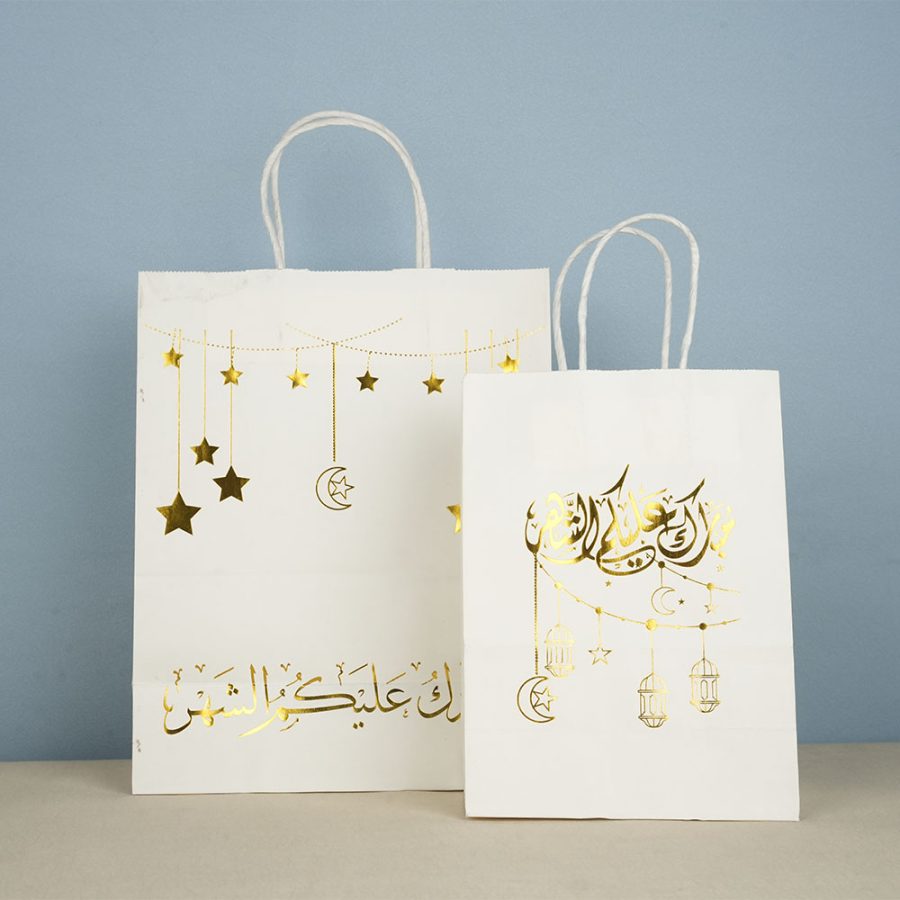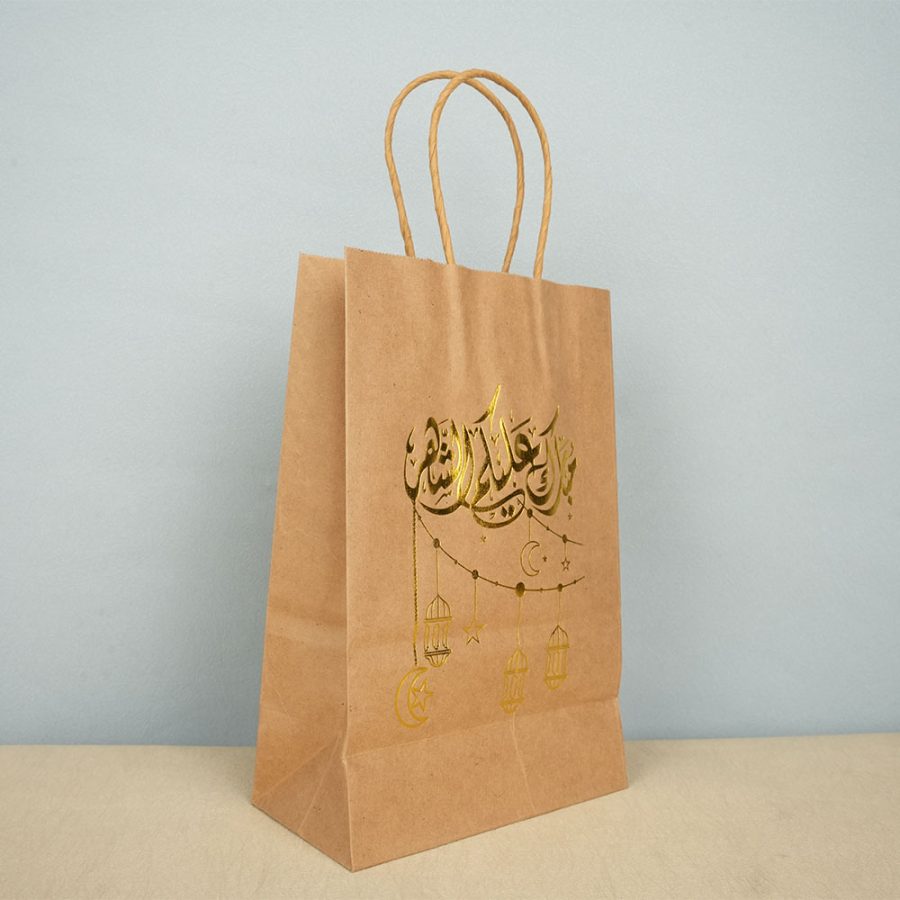The Cost of Custom Boxes: Balancing Quality, Design and Budget
Custom boxes play a vital role in modern business, serving as both a protective container and a marketing tool. However, achieving the perfect balance between quality, design, and budget is a challenge many businesses face when investing in custom packaging. In this article, we’ll explore the factors that influence the cost of custom boxes, how to strike the right balance, and ways to optimize your packaging expenses without compromising on quality or design.
1. Factors Influencing the Cost of Custom Boxes
The cost of custom boxes is determined by several factors that businesses must consider:
Material Selection
The type of material used in custom boxes significantly impacts the price. Common materials include:
Cardboard: Affordable and versatile, suitable for most packaging needs.
Corrugated Board: Offers enhanced durability, often used for shipping or heavy items.
Eco-Friendly Materials: Recyclable or biodegradable options, which may cost slightly more but align with sustainability goals.
Higher-quality materials often come at a premium but offer greater durability and a better appearance, enhancing the perceived value of your product.

Box Design and Printing
Intricate designs and high-quality printing techniques, such as embossing, foiling, or spot UV, can increase costs. Customization options like die-cut windows or unique shapes require additional effort and resources, adding to the price. Simpler designs and minimal printing can help save costs.
Quantity Ordered
The quantity of boxes ordered directly affects the cost per unit. Larger orders typically benefit from economies of scale, reducing the cost per box. Conversely, small-batch orders can be more expensive due to setup costs and lower production efficiency.
Shipping and Handling
The size, weight, and complexity of your custom boxes influence shipping costs. Compact and lightweight designs can help reduce logistics expenses.
Sustainability Features
Eco-friendly packaging, such as boxes made from recycled materials or those designed for reuse, may involve higher upfront costs but can enhance your brand image and attract environmentally conscious consumers.
2. Balancing Quality and Budget
Striking the right balance between quality and budget requires careful consideration of your specific needs and priorities:
Define Your Goals
Understand the primary purpose of your custom boxes. Are they meant to protect delicate items, enhance your brand image, or both? Prioritize features that align with your objectives while eliminating unnecessary add-ons.
Work with Trusted Manufacturers
Collaborating with reliable manufacturers can help you find cost-effective solutions without sacrificing quality. Look for manufacturers who offer a range of materials and design options, allowing you to tailor the packaging to your budget.
Consider Minimalistic Design
While intricate designs are eye-catching, minimalistic packaging can also make a strong statement. A simple yet elegant design can reduce costs while maintaining a professional appearance.
Optimize Box Dimensions
Choosing the right size for your boxes can help minimize material waste and reduce shipping costs. Oversized boxes may cost more to produce and ship, so work with manufacturers to create packaging that fits your product perfectly.
3. Investing in Design Without Overspending
Custom box design is crucial for branding and consumer engagement. Here’s how to achieve high-quality designs without exceeding your budget:

Digital Printing
Digital printing is a cost-effective option for small-batch orders or highly customized designs. It eliminates the need for printing plates, reducing setup costs and turnaround time.
Focus on Key Branding Elements
Instead of overloading the design with multiple elements, focus on the essentials such as your logo, tagline, and brand colors. A clean and consistent design can be just as impactful as a complex one.
Use Pre-Designed Templates
Many manufacturers offer pre-designed templates that can be customized with your branding. This is a budget-friendly alternative to creating a design from scratch.
4. Tips to Optimize Custom Box Costs
Order in Bulk: Larger orders reduce the cost per unit. Plan ahead and order sufficient quantities to meet your needs for an extended period.
Explore Eco-Friendly Options: While eco-friendly materials may have a slightly higher upfront cost, they often lead to long-term savings through reduced waste and improved brand reputation.
Negotiate with Suppliers: Many manufacturers are open to negotiating pricing, especially for repeat customers or bulk orders.
Test Prototypes: Before committing to a large order, request prototypes to ensure the design, material, and dimensions meet your expectations. This helps avoid costly mistakes.
5. The Value of Investing in Custom Boxes
While it’s important to manage costs, it’s equally crucial to view custom boxes as an investment in your brand. High-quality, well-designed packaging can:
Enhance your product’s perceived value.
Create a memorable unboxing experience that drives customer loyalty.
Serve as a marketing tool, spreading brand awareness through visual appeal and consistent branding.
Balancing cost with quality and design doesn’t mean cutting corners—it means making informed decisions that align with your business goals.
Conclusion
Custom boxes are more than just containers; they are a vital part of your brand’s identity and customer experience. By understanding the factors influencing costs and employing strategies to balance quality, design, and budget, businesses can create packaging that delivers both value and impact. Whether you’re a small business or an established brand, investing wisely in custom boxes can yield significant returns in terms of customer satisfaction and brand recognition.







